by: Steve Banner May 7th, 2024 comments:
Despite previous efforts to install lights in Kibera, some through the Adopt-A-Light program initially headed by Nairobi women representative Esther Passaris, and others through the Nairobi County government, there have still been reports of a rise in criminal activities within Nairobi’s informal settlements such as Kibera, Mathare, Mukuru among others.
Previous programs had overlooked the need to actively engage the community in the process of installing lights in our informal settlements, in the quest to achieve the goal of having proper security measures that can protect residents within the slums.
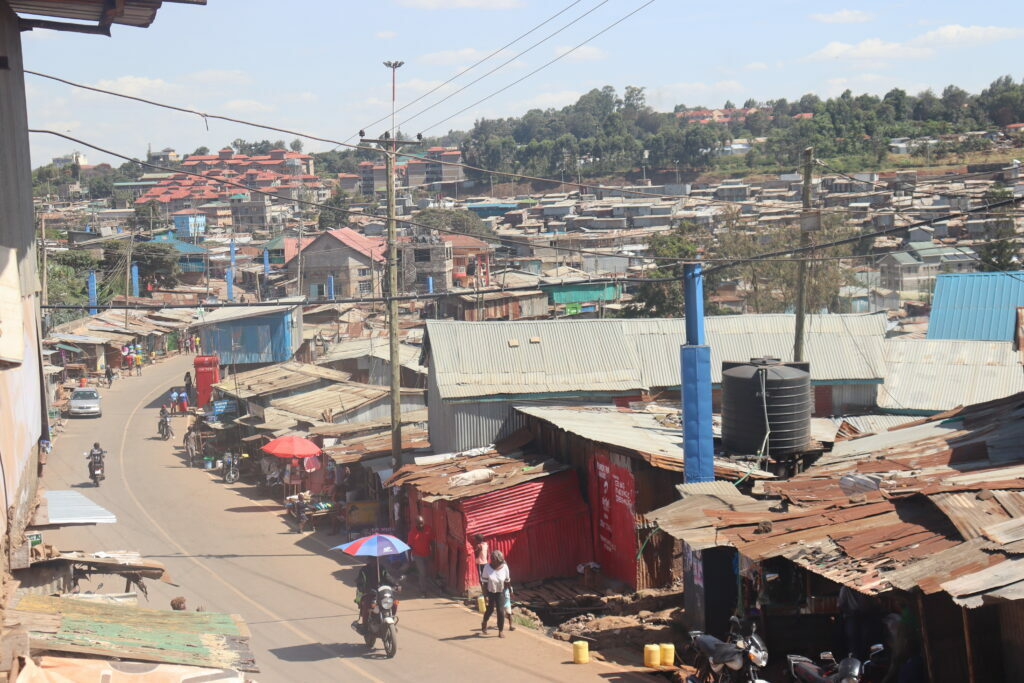
Other challenges that have faced those other programs include frequent blackouts witnessed in slums as a result of tampering with electricity lines, transformers, and power cables.
It was for this reason that Map Kibera, Kibera Town Centre, and LIF came together to conduct a ‘Measuring Lights Impact’ survey within Kibera slums, to get the much-needed input and community engagement ahead of solar-powered street lights installments, not just in the streets of Kibera, but also deep inside the residentials.
The survey has been conducted in Gatwekera Village, Kianda Village, Soweto Village, and parts of Makina Village.
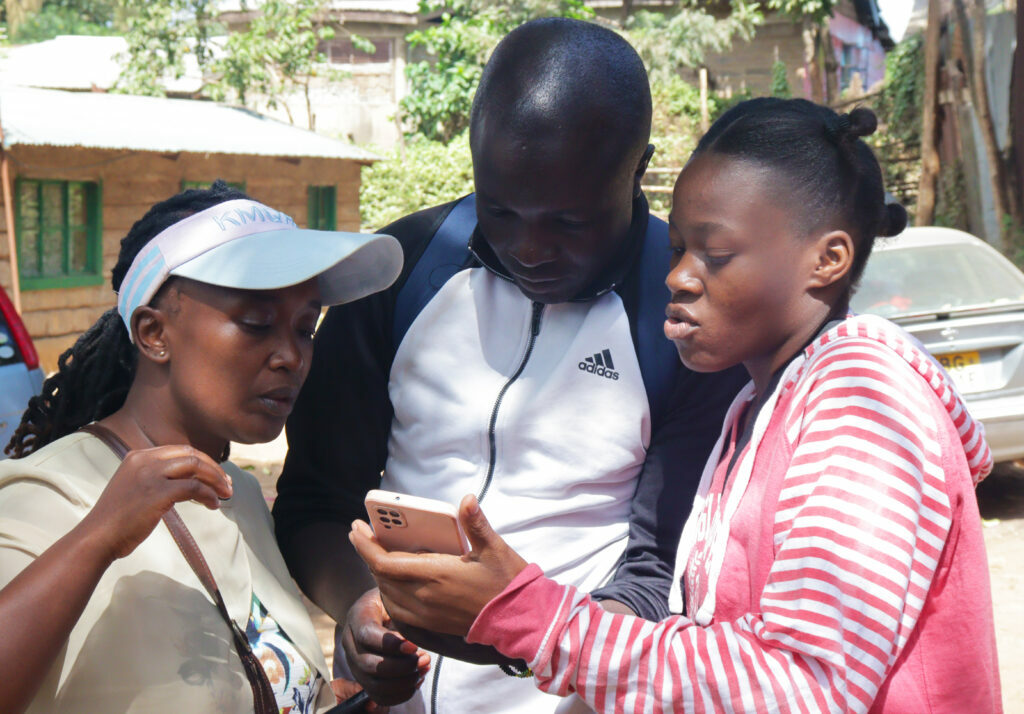
Feedback has been good so far, with many residents welcoming the idea of having solar security lights as opposed to electric lights.
Nicholas Ogutu, a Kibera resident who lives in Soweto West village, and works as a construction expert, says his work sometimes involves traveling long distances, and most of the time he has to leave the house in the early morning hours when it is still dark.
“With the lights having been installed in the village, I will not have to worry about being attacked by criminals when I happen to leave while it is still dark outside, and that will have improved my work and by extension, my life” he adds.
Irara, who lives in Kianda village and is waiting to join college, hopes that the lights are installed as soon as possible, to help her while leaving or coming back from her early morning or late night classes in case she will have any, once she joins college.
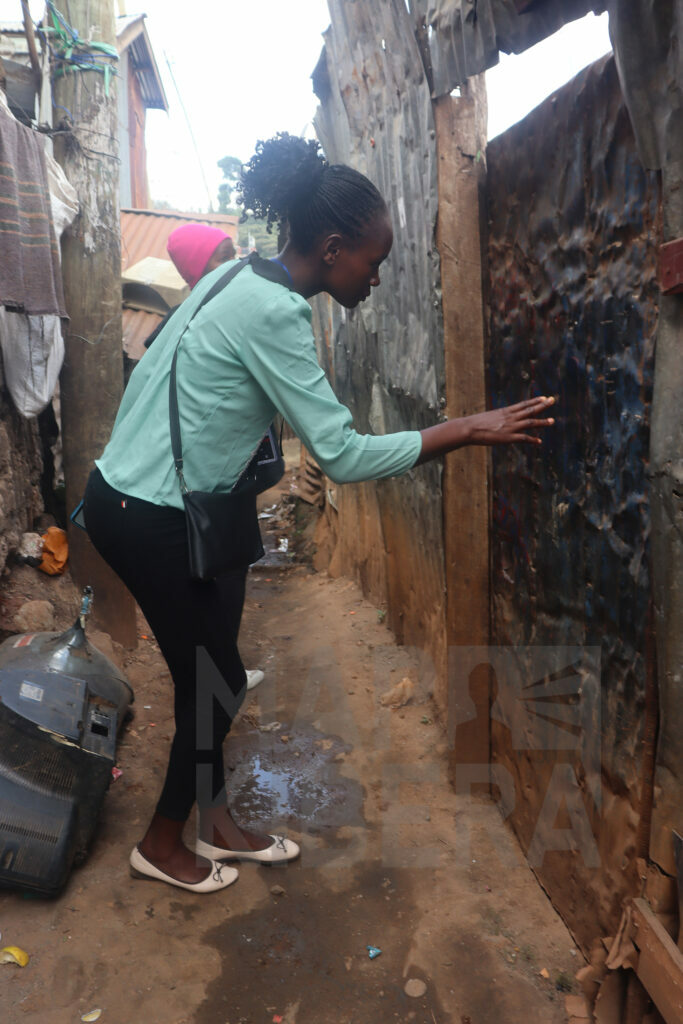
The survey was conducted by 10 youths from Kibera, who walked from one household or business to the other, with a set of questions that helped to determine the state of security in each village and the location of each light within that said village.
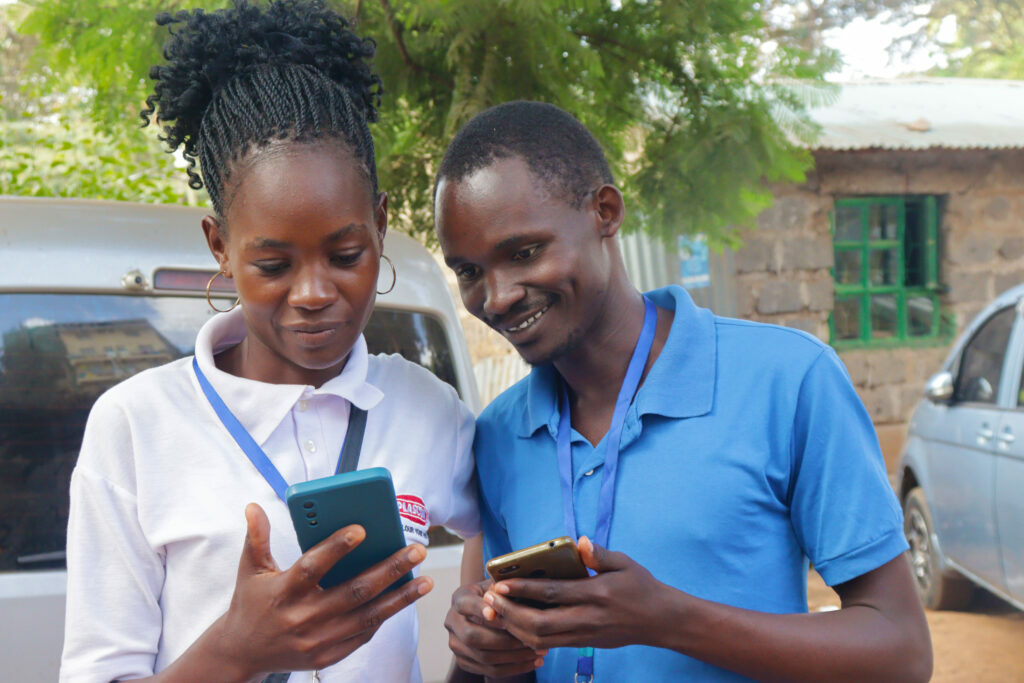
As the project proceeds, we are looking forward to getting more feedback from the residents in the post-installment survey once the lights have been installed in all the designated areas.
by: mikel April 24th, 2013 comments:
Map Kibera fields all sorts of data questions from the net and in the community. We’re happy to oblige, our core mission is to openly share and distribute information about the slums, by slum dwellers, for slum dwellers. We also want to share those questions and answers and progress, to show the community of folks who really care about, create, and use this data. This is eventually going to build into thematic sections on a new website, but for the time being, this blog post.
We received two queries from Poverty Action. In context of their other evaluation work in Kenya, they are scoping a study of early childhood education in African slums.
If you have more information on any of these questions, would be great to hear about it in the comments.
What kind of education data is available for Kibera, Mathare and Mukuru?
Mappers have collected basic information on schools in all three slums, available for download in Kibera, Mathare, and Mukuru.
In Kibera, much more detailed data has been collected, on the number of staff, students, status of the facility, programs. That was collected as part of the mapping themes process in 2010, which included meeting with community stakeholders, design of survey, and data collection. Mathare was collected in 2011, and Mukuru in 2012, but in less detail.
The CSV files have the most detail. There are also print maps prepared for Kibera and Mukuru.
Have there been recent census in the slums? Is data available at the household level? Are enumeration area boundaries available?
The last comprehensive census in Kenya was conducted in 2009, and results released in 2010. This made news as the population figures for Kibera differed greatly from the media hype. We wrote about the process and politics of the census back then.
As far as we’re aware, there’s been no public census since then. There have definitely been data gathering exercises, surveys, by all kinds of actors, but unfortunately much of this data remains silo’d and unopened.
Data from the 2009 census is available at OpenDataKE, but only released aggregated to ward or constituency level. Those boundaries were not released, and were changed by the IEBC prior to last month’s election. I’ve never seen Enumberation Area boundaries released, and am not certain they are digitized. There are a few reports out there on the process, which give some explanation of the methodologies, on the Kenya National Bureau of Statistics website and in a UN Data report.
by: Douglas Namale April 10th, 2013 comments:
Map Kibera Trust has completed painting a security map on two walls in Kibera as a community outreach program.
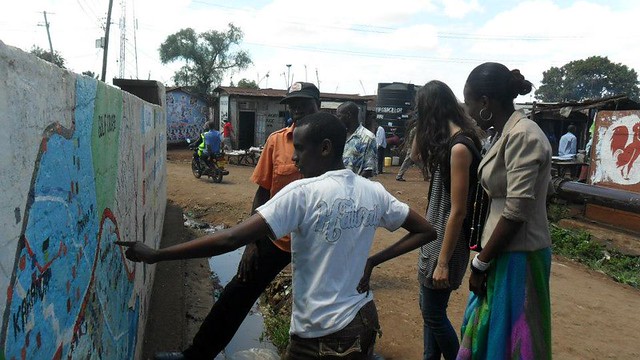
Wall painting played a big role in providing key security information during the just concluded general election; particularly to visitors and even the locals who don’t know about certain political hotspots, and unsecure places in Kibera.
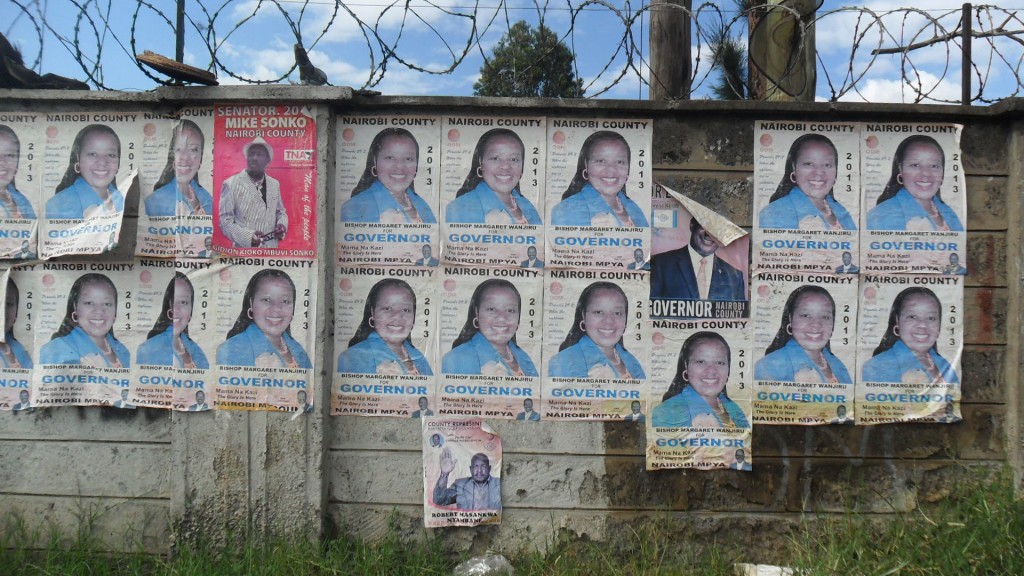 The state of the identified wall. It was dirty full of political aspirants’ posters. The first duty was to clean it up.
The state of the identified wall. It was dirty full of political aspirants’ posters. The first duty was to clean it up.
The exercise was coordinated by Millicent Achieng and Douglas Namale; who worked together with Mappers and other stakeholders. The stakeholders were the Provincial Administration, District Peace Committee (DPC), Labour Youth Group, Youth Reform, and Community Artists, opinion leaders, youth leaders and political leaders and Map Kibera Trust staff.
The youth groups helped to identify the walls and are providing security to the painted walls protecting them from political posters and other interests. Â We had four consultative meetings with stakeholders to identify the map to be painted on the wall from the five thematic maps developed by MKT. Â The stakeholders settled on the security map, because it coincided with the general elections expected to take place in March 4th 2013.
Labour Youth group and Youth Reform played a key role to secure the wall where the map was to be painted. They also volunteered to provide security during and after painting. Labour youth group also helped us get the best artist who painted the map on the wall. It’s worth mentioning that the artist is also a Kibera youth. The artist also volunteered to help MKT secure walls in other parts of Kibera to paint the same map.
Coordination between the Artist, Labour Youth Group, Youth Reform and MKT office was cordial. They coordinated with Mappers well, to facilitate the exercise. The artist’s flexibility made it possible for many adjustments on the map during the exercise, before the final map was accepted.
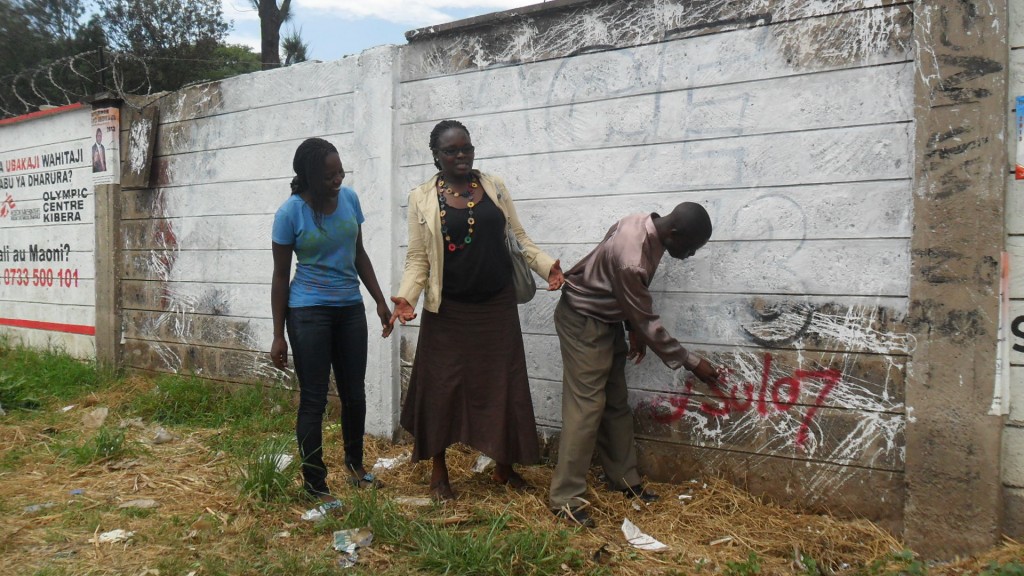 Millicent, Diana and Douglas clearing the identified wall
Millicent, Diana and Douglas clearing the identified wall
Immediately the wall painting started, we witnessed crowds gathering next to the venue and watched the artist as he painted. Village and religious leaders congratulated the work and pointed at some areas we had identified as black spots which they confirmed to be so.
DPCs and the Provincial Administration also confirmed the wall image as a good idea. School children stood and watched the map, and some teachers are now referring to the map in their lessons. We have also received visitors in the office, who have confirmed to have been directed by the map painted on the wall.
Challenges
Wall identification was challenging. We used different methods which failed before we settled on the Youth groups.   City council of Nairobi demanded Ksh. 9000 as advertisement fees and other unexplained fees with other draconian procedures which made it impossible to paint the wall. Although the City council demanded the advertisement fee, they could not guarantee security of the painted wall. It’s worth mentioning that the city council does not have the wall, the walls belongs to private developers, who are denied jurisdiction to accept anybody to paint or draw anything without the City council’s consent.
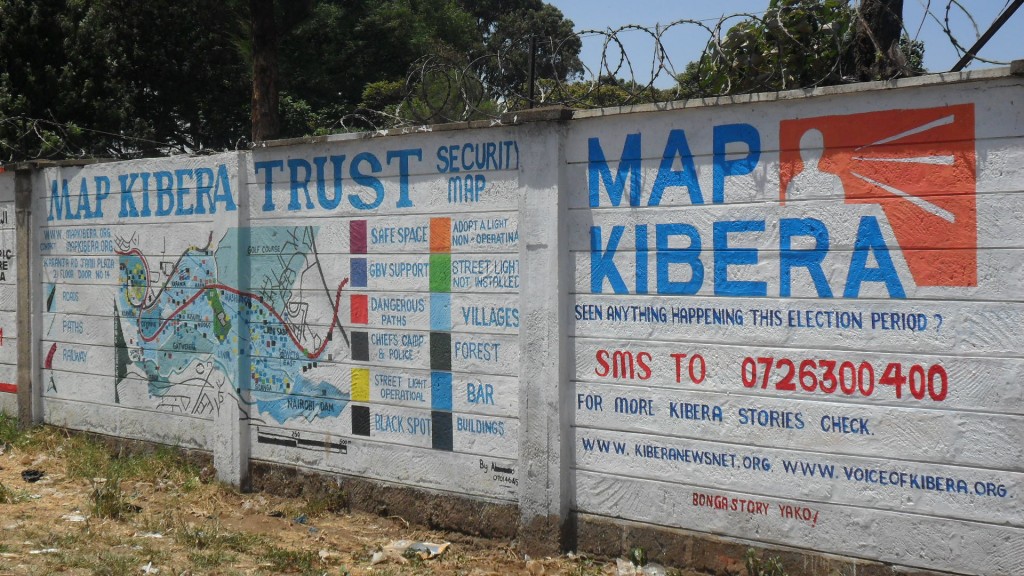 A complete painted along Kibera drive.
A complete painted along Kibera drive.
Apart from the city council melee, some of the walls painted were not wide enough to accommodate the map contents correctly; the artist had to squeeze the contents to fit. Another problem was that some of the data on the map was obsolete because it was about one and half years old. This was attributed to the extended time spent to search for the walls. The shorter period allocated to planning also played a role to this since the data Mappers had collected did not feature on the map which was painted on the wall.
Despite all this, the two walls painted has increased Map Kibera Trust’s contents visibility offline by a huge margin, particularly the general public who are not members of organized groups like NGOs, CBOs and Youth groups. The visibility offline can increase if more walls can be identified and painted in other villages in Kibera, particularly along busy streets and paths.







